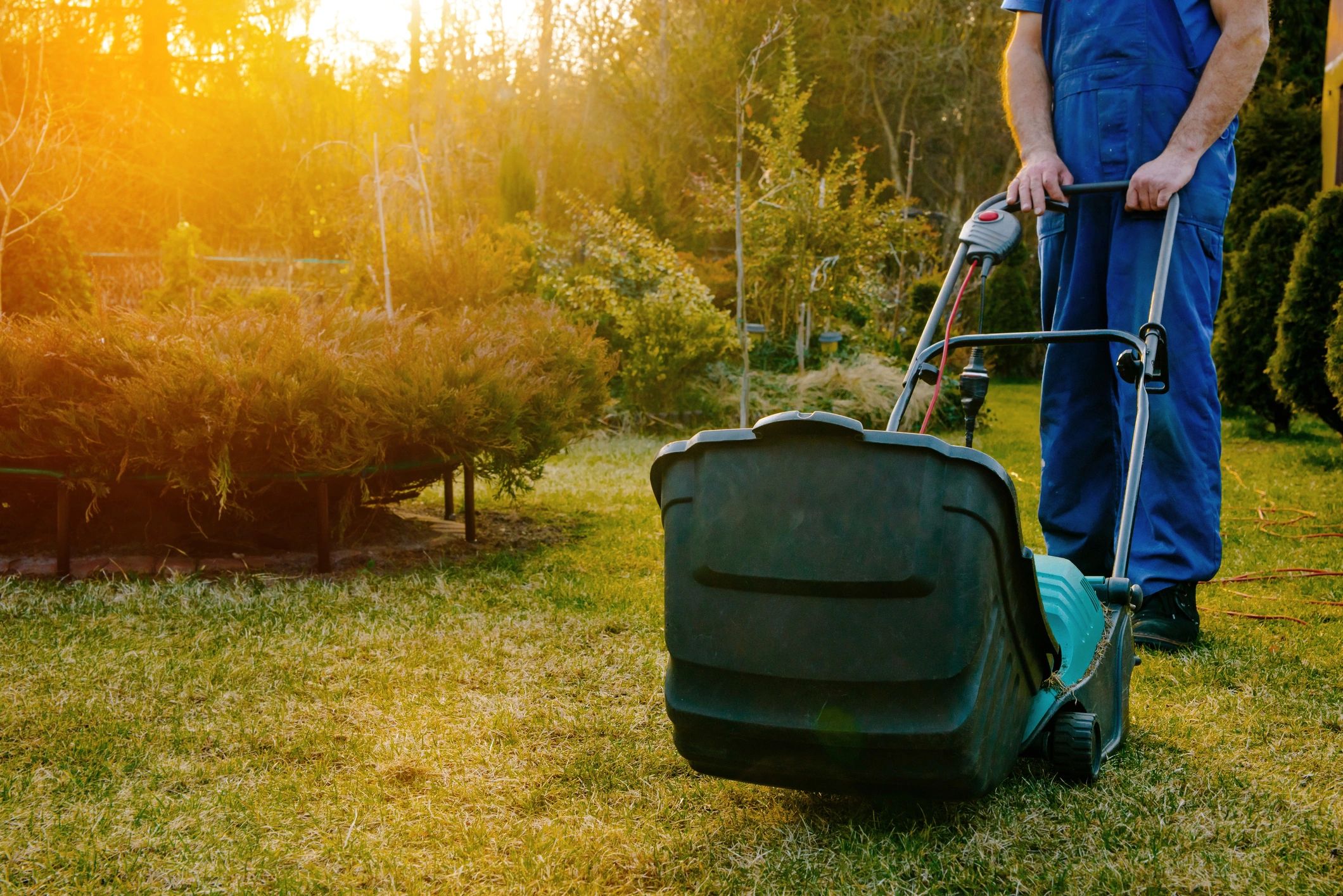
Why Aerate Your Lawn?
Understanding de-thatching & aeration
What Is Core Aeration?
Core aeration is the process of removing small plugs of soil from your lawn to relieve compaction and improve airflow, water absorption, and nutrient uptake at the root level. Over time, soil can become compacted—especially in high-traffic areas—making it harder for grass to thrive. By aerating in the spring, you give your lawn the room it needs to grow deeper roots, resulting in thicker, healthier grass all season long.

What is 'Thatch'?
Thatch is a layer of dead grass, roots, and organic matter that builds up between the soil surface and the green grass blades. A thin layer (less than half an inch) can actually be beneficial, helping to insulate the soil and retain moisture. However, when thatch becomes too thick, it prevents water, nutrients, and air from reaching the roots, leading to a weak and patchy lawn.
Dethatching in the spring helps remove this excess buildup, allowing your grass to breathe and grow more vigorously. It accomplishes this by removing the thatch layer of the area.

Overseeding
After dethatching and/or core aeration has been completed, high-quality grass seed is applied over the lawn. A topdressing of compost is applied on the yard. This helps the seeds remain moist, and it provides essential nutrients, which enhances germination. The compost also brings organic material into the soil. As one alternates between seeding and topdressing, you can run through the seed with the back of your rake. You can also use a roller to push the seed deep down into the soil.
Contact Us Today
Ready to get started on your lawn maintenance and restoration project? Contact us today to schedule a consultation. We'll work with you to understand your needs and provide a detailed estimate for our services.
Copyright © 2025 Alex Painting & Property Services